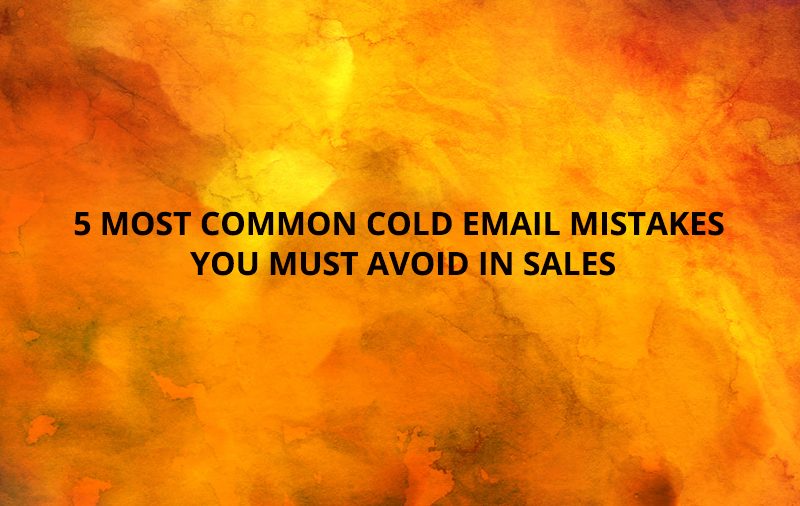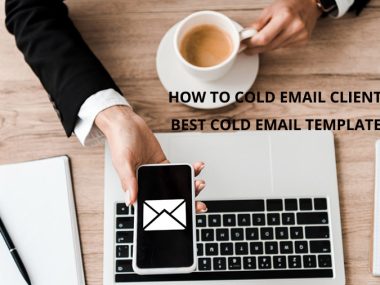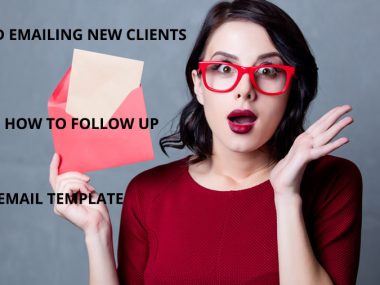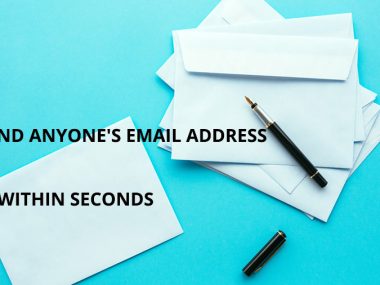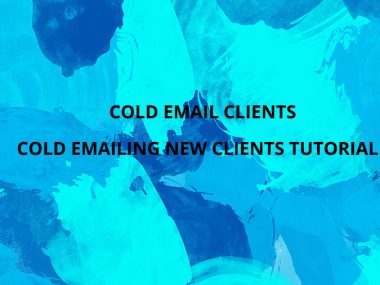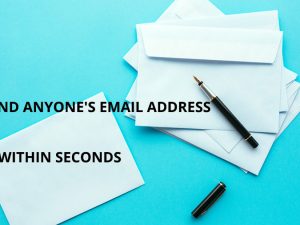Unlocking Sales Success: Navigating the Pitfalls of Cold Emailing with Precision
Unlocking Sales Success: Navigating the Pitfalls of Cold Emailing with Precision
In the dynamic realm of sales, the art of generating meetings with coveted clients stands as a formidable challenge. This hurdle applies universally, spanning across various domains, encompassing sales, business development, freelancing, coaching, consulting, and entrepreneurship. Regardless of your professional role, lead generation remains one of the most intricate aspects of the sales process.
Despite the substantial volume of emails dispatched daily, the disheartening reality may unfold as a lackluster response rate. This article endeavors to illuminate the top five missteps commonly encountered in the realm of cold emailing, pitfalls that you might unwittingly be ensnared by. We are committed not just to delineating these errors but also providing adept guidance on rectifying them.
- The Subject Line Conundrum
A cardinal sin in the cold email domain is the utilization of lackluster subject lines. The subject line is the gateway; a poorly constructed one guarantees your meticulously crafted email will remain unopened and unread. Crafting an effective subject line necessitates recognizing the human at the receiving end, steering clear of spammy clichés like “free consultation” or “limited time offer.”
Consider this: would a Fortune 500 CEO deign to open an email with the subject “free limited time offer”? Unlikely. To mend this flaw, adopt concise subject lines that appeal directly to the humanity of the recipient. A phrase like “Appropriate Person” cuts through the noise, signaling a genuine search for connection. Alternatively, employ the value proposition strategy, succinctly merging results with methodology to entice your prospect.
- The Perils of Paragraph Proliferation
Long, unwieldy paragraphs are the bane of effective communication in cold emails. Dense blocks of text induce fatigue and discourage readership. The antidote to this issue lies in the art of paragraph segmentation. Break down your content into bite-sized portions, ensuring each paragraph communicates a distinct idea or point.
The way people consume emails varies – whether on a desktop or a mobile device. Fragmented paragraphs cater to both, enhancing readability and comprehension. Consider this a crucial adjustment in optimizing your email content for the diverse platforms your recipients may use.
- The Pitfall of Overgeneralization
A prevalent error in cold emails is the tendency to be overly general. The shotgun approach, showcasing a plethora of skills or services, often backfires. Instead, pinpoint specific problems you excel in solving. Specialization is the key; tailor your email content to address the precise issues your prospect might be grappling with.
Ditch the scattergun tactic, opting instead for a laser-focused approach. Identify the top three pain points your prospective clients may encounter and customize your email content to resonate with one of these challenges. This strategic narrowing down significantly enhances your chances of engaging your audience.
- The Call-to-Action Conundrum
Even with a captivated reader, the absence of a clear call-to-action (CTA) can derail your efforts. Vague suggestions like “let’s get a cup of coffee” leave room for confusion, diminishing the likelihood of a response. A well-defined CTA, on the other hand, guides the prospect seamlessly towards the next step.
Whether it’s scheduling a call through a calendar link or proposing a direct inquiry about their availability, clarity is paramount. Make the next steps explicit, leaving no room for ambiguity. This clarity ensures that your prospects understand the precise action expected of them.
- The Pitfalls of Attachments and Links
Contrary to common queries, embedding attachments, PDFs, or excessive links in your cold email is a strategic blunder. The primary objective of a cold email is to initiate a conversation, not to inundate the recipient with extraneous information. Additional materials distract from the core goal – securing a meeting.
Avoid overwhelming your prospect with attachments or links that divert their attention. Focus on providing just enough information within the body of the email to pique interest and prompt a desire for further discussion. Resist the temptation to overload them with details, as the decision to engage should emerge from a personal interaction rather than an information deluge.
In conclusion, steering clear of these common cold email missteps is integral to elevating your success rates. Shifting from a 5% response rate to levels exceeding 20% is not an unattainable feat. Embrace these refined strategies, and you’ll find yourself on the path to heightened responsiveness, increased meetings, and ultimately, amplified sales.
Embark on the journey to elevate your cold email proficiency by following the link in the description. Unleash the potential to transform your outreach and propel your sales endeavors to new heights.
